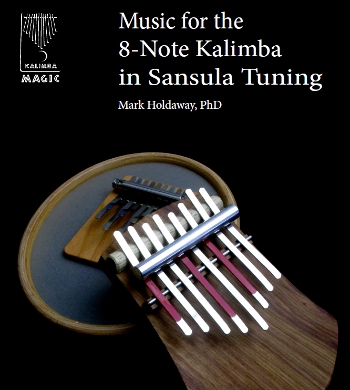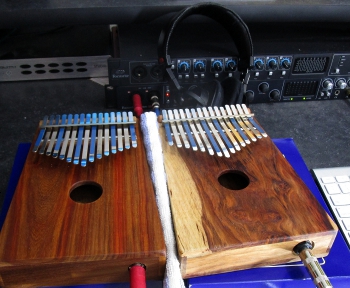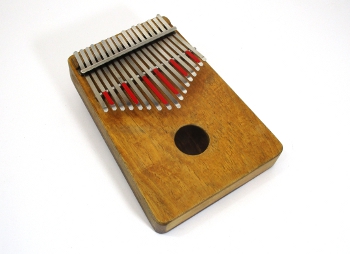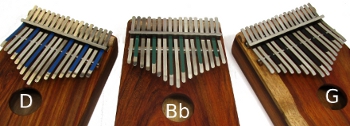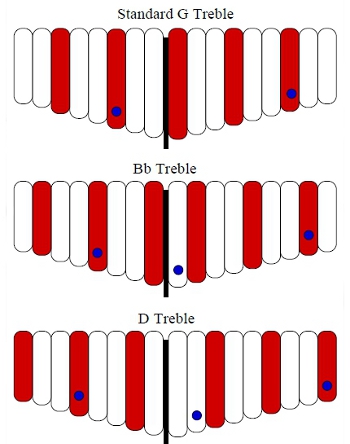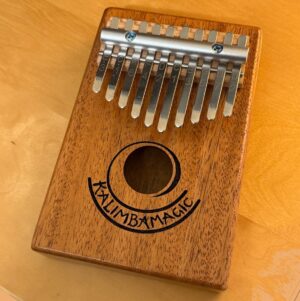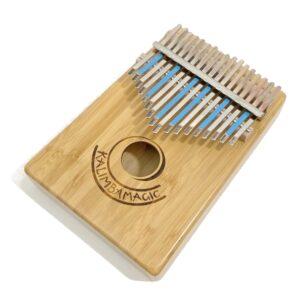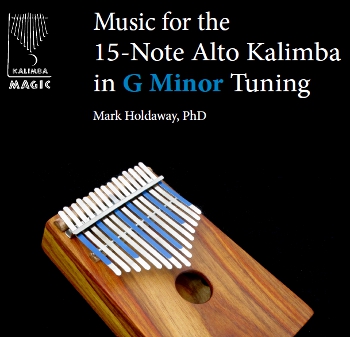
Instructional Download: Alto in G minor
This minor retuning can breathe new life and emotion into your Alto Kalimba Click to purchase the instructional download for the G minor Alto The Hugh Tracey Alto in standard G major tuning has become the standard kalimba in many ways. For 12 years, it has been the best selling kalimba at Kalimba Magic. I have written more instructional books and downloads for this kalimba than for any other kalimba. I know more songs on my Alto than on any other kalimba. And the Alto kalimba was the blueprint for other models such as the Bb Treble and D Treble kalimbas. But what if the world of G major sounds
